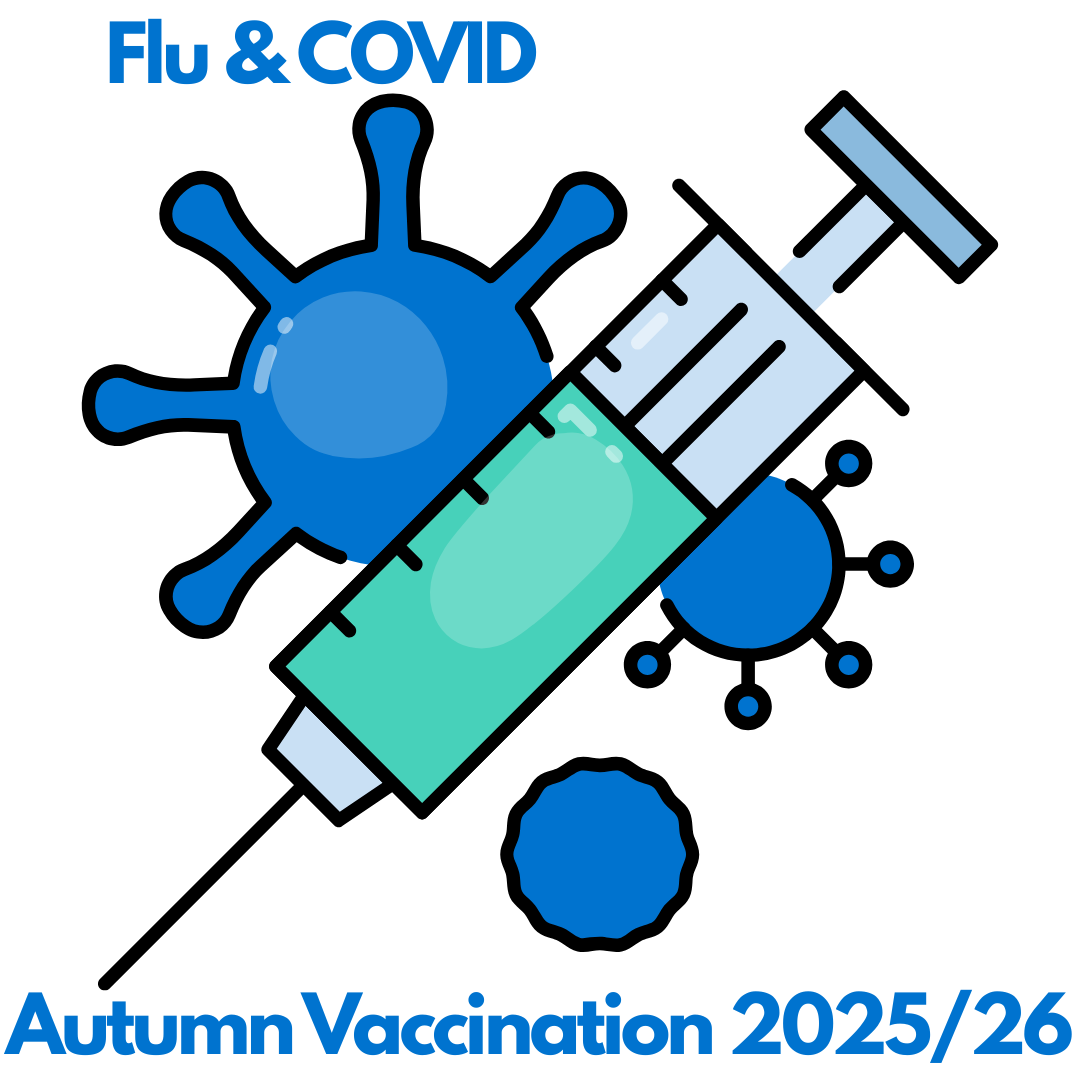Supporting Safer Practices Around High-Risk Medicines
A community pharmacy in the region has made a number of changes to its processes following a recent incident in which harm reached a patient relating to the dispensing of methotrexate, a high-risk medicine.
The error was linked to a handwritten paper prescription, which was misinterpreted during the dispensing process. Most prescriptions are now received electronically via EPS, which significantly reduces the risk of misreading or miscommunication. However, this case highlighted a gap in how the pharmacy handled exceptions like handwritten prescriptions.
The pharmacy has since carried out a comprehensive review and implemented several changes to significantly reduce the likelihood of similar incidents in future.
Actions Taken by the Pharmacy
- Dedicated Methotrexate Basket
Methotrexate packs are now stored separately in a clearly labelled basket with alert cards and patient booklets, alongside a prominent “ONCE A WEEK DOSAGE” sign. - Clearer Labelling
Dispensing labels now include the strength of the medicine in brackets after the dose (e.g., Take THREE tablets (7.5mg)), especially when prescriptions are handwritten or lack clarity. - Additional Dispensing System Prompts
A local prompt has been added within the dispensing system to highlight methotrexate’s weekly dosing schedule, reinforcing safe practice. - SOP Review and Update
The Methotrexate Standard Operating Procedure (SOP) has been reviewed by all staff and is being updated to include independent accuracy checks. An annual audit will monitor compliance.
Further Safety Measures Introduced
- Locum Pack Update
The Locum Pack has been revised to include instructions for near-miss reporting and the safe handling of high-risk medicines. - High-Risk Labelling in the Dispensary
Shelves storing methotrexate and other high-risk medicines are now marked with “HIGH RISK MEDICATION” labels. - Dispensary Safety Posters
Posters highlighting high-risk medicines have been placed in the dispensary to help maintain awareness among all staff. An example can be found here. - High-Risk Prescription Stamp
A “HIGH RISK” stamp is now used on applicable prescriptions to flag them clearly throughout the dispensing process.
Monitoring and Oversight
- Quarterly reviews of near-miss data will help the pharmacy identify patterns and inform future changes.
- Monthly audits of FP10 green slips will ensure label accuracy and alignment with the prescribed instructions.
A Call to Review Your Own Processes
This case highlights how handwritten prescriptions—while less common—can still present significant safety risks. EPS has significantly reduced such risks, but when paper prescriptions are used, robust systems and clear procedures are essential to ensure safe dispensing.
If your pharmacy handles handwritten prescriptions for high-risk medicines, it’s worth asking:
- Do we have safeguards in place to detect and prevent misinterpretation of handwritten instructions?
- Are our labelling practices clear and consistent, particularly for medicines like methotrexate?
- Are all team members confident in the steps to take when a prescription is unclear or high-risk?
- Is the handling of high-risk medicines embedded into our locum and induction procedures?
- Are we making use of system alerts and prompts where available?
Even well-established teams can benefit from revisiting these questions. Regular review of internal processes, especially around exceptions to the norm, helps maintain a strong safety culture and reduces the risk of harm reaching patients.
We encourage pharmacy teams to take this opportunity to reflect on their current systems and, where appropriate, consider adopting practical steps such as those outlined in this case to strengthen safety around high-risk dispensing.


